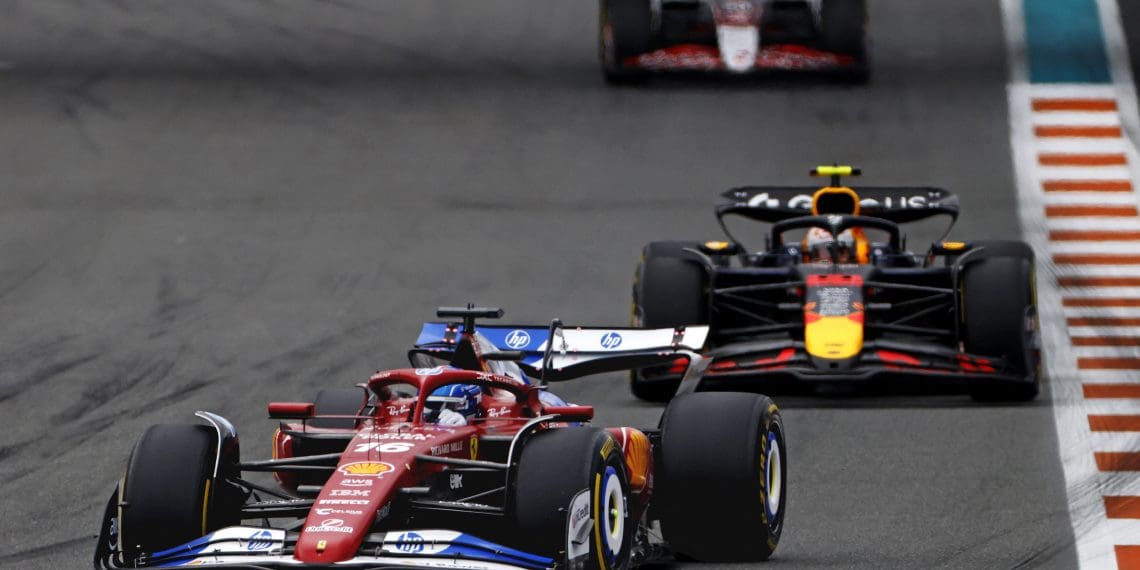Lewis Hamilton’s shocking telemetry data has revealed a major setback for Ferrari, labeling it as the team’s ‘main issue’. The recent Miami Grand Prix saw Ferrari’s drivers finishing in seventh and eighth place, trailing over a minute behind the winner, Oscar Piastri. The SF-25’s lackluster performance raised questions about the team’s strategic decisions and potential alternatives that could have influenced the race outcome positively.
The qualifying session already hinted at the troubles Ferrari would face, with Hamilton failing to secure a spot in Q3 and finishing a disappointing P12. His teammate also struggled, ending up behind both Williams drivers in P8. The significant gap from pole position underscored the SF-25’s underperformance, particularly evident in braking zones and corner exits where rear instability affected throttle application.
Throughout the race, Ferrari’s struggles continued as the Williams drivers showcased superior race pace, leaving the Italian team in an unexpected fifth place. Despite a tactical advantage during a virtual safety car period, Ferrari’s drivers failed to capitalize fully, highlighting deficiencies in their overall performance and race strategy.
An analysis of the race dynamics revealed a missed opportunity for Ferrari to optimize tire management and driver positioning. Hamilton’s superior pace on medium tires indicated a potential advantage that could have been leveraged earlier in the race, raising questions about the team’s communication and decision-making processes.
Ultimately, Ferrari’s ongoing challenge lies in the precarious setup of the SF-25, which proves to be highly sensitive to ride height adjustments. The narrow performance window of the car poses a significant technical hurdle for the engineers, hindering the team’s ability to consistently compete at the highest level.
As the Formula 1 circuit transitions to the European leg of the season, Ferrari faces a critical juncture in their pursuit of narrowing the gap to the front-runners. The upcoming races will test the team’s resilience and ability to overcome the persistent issues plaguing the SF-25, as they strive to reclaim their competitive edge on the track.













